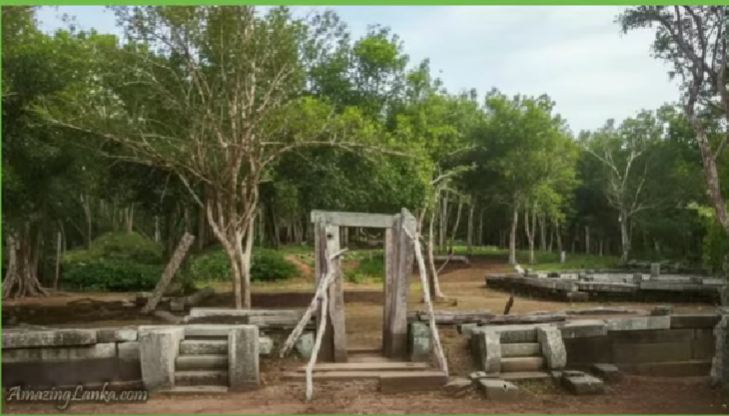Kinniya Bridge
The longest bridge in Sri Lanka: Situated 13.5km from the Trincomalee town the Kinniya bridge is a popular spot for photography due to its scenic reflections on the water. Our photographer Shan Rambukwella who was on assignment in Trincomalee captured this splendid view through his lens of the Kinniya bridge, after dark.
Source : sundayobserver.lk
Kinniya Bridge is known to be the longest bridge in Sri Lanka measuring 396 metres. It crosses the lagoon area that is surrounded by Koddiyar Bay and the Tambalagam Bay.
It connects Trincomalee with Kinniya, It allows the civilians to cross the Kinniya lagoon to reach Kinniya and Muttur areas using the A15 highway.
The bridge was completed and declared open to the public on October 20, 2009. Before that, the Manampitiya Bridge was Sri Lanka’s longest bridge. The bridge was made with the financial assistance of the Saudi Arabian government. it was built at a cost of Rs.790 million.
Things to do at Kinniya Bridge
While visiting the Kinniya Bridge, you can take a look at the old and abandoned ferry towards the side of the bridge. Boats are available at the location.
Tourists can hire a boat which will give them a ride across the lagoon and also under and around it. The boat ride is about LKR 600 per person. The boat rides take place from morning till late evening.
History of the Kinniya Bridge
 The proposal to construct the Kinniya Bridge was put forward in 1978, but it wasn’t until 2003 that the feasibility of construction of this bridge was considered and the Kinniya bridge was completed in 2009.
The proposal to construct the Kinniya Bridge was put forward in 1978, but it wasn’t until 2003 that the feasibility of construction of this bridge was considered and the Kinniya bridge was completed in 2009.
The primary purpose of the development of this bridge was to re-open the Trincomalee-Batticaloa highway through Kinniya, which had been abandoned for more than three decades. This bridge replaced the ferry service that operated through the Kinniya Lagoon.
Earlier people had to go through the lagoon by ferry, but now the bridge has made it easier to travel by road.
It used to operate from early morning to late evenings and was able to carry several passengers and vehicles across the lagoon. It had its separate control station located a few feet above the deck.
Tips while visiting Kinniya Bridge
Tourists are adviced to ensure they are provided with safety jackets. If you plan to take the boat ride, please ensure that you take proper safety measures.
How to reach Kinniya Bridge
The Kinniya Bridge is reached from Trincomalee, which is just 11 kilometres from the bridge. When travelling from Colombo, tourists can take a train to Trincomalee. The train journey is about 3 – 3.5 hours and costs anywhere between LKR 110 – 340. A taxi ride from Colombo will take about 4 hours and can cost up to LKR 10,000. Another economical way to reach Trincomalee is to go by bus. But the bus service will take much longer, sometimes up to 7 hours. The Kinniya Bridg replaced a ferry service that had been the only way to cross the lagoon for over 30 years. The bridge is a cantilever bridge, designed to withstand heavy traffic, strong winds, and earthquakes.
****
Key details
* Length: 396 meters (1,299 feet)
* Width: 10 meters
* Location: Connects Trincomalee with Kinniya and Muttur in the Eastern Province, crossing the lagoon between Koddiyar Bay and Tambalagam Bay
* Opened: October 20, 2009
* Purpose: To replace the ferry service and provide a direct road link on the A15 highway
* Design: Cantilever bridge
* Funding: Financial assistance from the Saudi Arabian government
* Significance: Replaced Manampitiya Bridge as Sri Lanka’s longest bridge upon its completion
* Engineering and purpose
The bridge was built to endure heavy traffic, strong winds, and earthquakes.
* Its construction re-opened the Trincomalee-Batticaloa highway through Kinniya, which had been closed for over 30 years.
* It eliminated the need for ferries to cross the lagoon, making travel much faster and more reliable.
Visiting the bridge
* Tourists can visit the bridge and are encouraged to go at sunrise or sunset for the best views.
* It is a popular spot for photography due to the scenic reflections on the water.
* Visitors can walk across the bridge to appreciate the surrounding nature and look for local bird species.






















